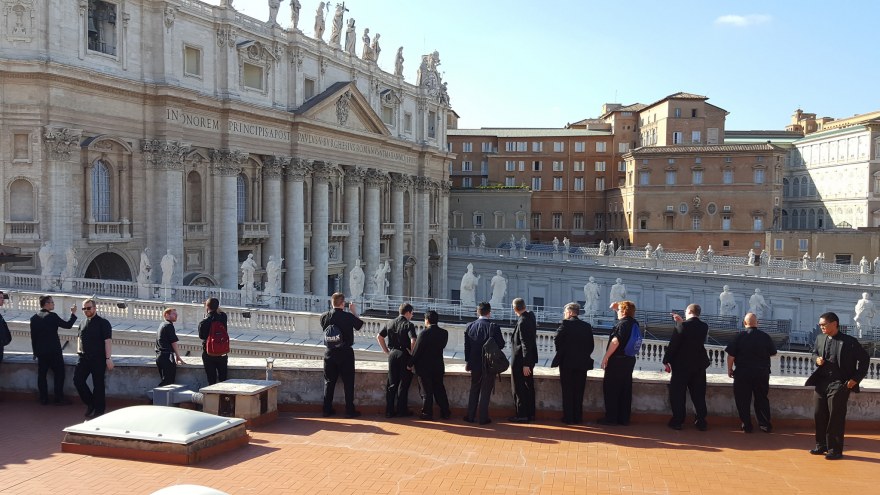A Reflection on the Last Week of The Rome Experience 2016
The Rome Experience is coming to a close. It’s an odd feeling.
Yes, I’m eager to return to the relative conveniences and familiar locales of my home in the United States, but in the weeks I’ve spent in The Eternal City, it too has become a sort of second home to me. No, my knowledge of Italian did not improve even slightly. But I discovered the essence of the city in a way one cannot through a simple weekend visit.
I know the churches and neighborhoods. I could answer tourists questions with a degree of accuracy (which is good, because the assumption seems to be that a man wearing the Roman collar knows every inch of the city). And more importantly, I have begun to understand what it means to be a truly Roman Catholic.
Culture is an important concept, as important a concept on a communal level as family is on an individual level. Identity is derived from culture. As individuals called by Christ our identity is “in the world, but not of it”. As members of the Church Universal our identity is found in local expression – my diocese in the United States, and more broadly, my heritage in the Latin Rite. To be Roman is not to be Byzantine or Coptic or any of the other manifold and diverse liturgical rites found in the Church Universal.
What it means to be Roman is something I am still discovering. It can be said, perhaps, that as Catholics in America we have moved away from our Roman family and toward a sort of American Rite catholicism. To insist upon the Roman identity inherent in our Catholic faith is not to reject an American social identity, but rather to return to our religious and liturgical birthplace – the city hallowed by the blood of Peter and Paul. I experienced this truth in a unique way this week.
Wednesday, June 29th was the Solemnity of Saints Peter and Paul. The Rome Experience group had the incredible privilege of hearing the Holy Father, Pope Francis, celebrate Mass in the church built over his venerated predecessor’s burial place. In the city made holy by so many men and women who offered their lives in deaths like Jesus Christ’s, I saw Peter’s successor present the sacrifice He offered for the redemption of all mankind. I looked about myself and saw: This Petrine basilica, this Holy Mass, this Latin language, this supreme Pontiff – these are elements of my culture; foundations of my identity. It was an identity given to me, ultimately, almost 2,000 years ago, in a town called Caesarea Philipi, when Our Lord said to the weakest and, at the same time, most courageous of His followers: “Blessed are you, Simon son of Jonah: for your are Peter the Rock, and upon this Rock I shall build my Church, and the gates of Hades will not overcome her.
I’ve said goodbye to Rome already as I write this. But I also carry Rome with me. I was baptized into the Roman church. I will, by the grace of God, become a priest in the Roman church. In fact, every man and woman who worships Jesus Christ as a Roman Catholic carries Rome with them. We echo that great acclamation of Saint Peter: “You are the Christ, the Son of the Living God!“ The Faith of Rome’s first bishop is our Faith. The Rock of Peter is our rock. My prayer is that, in understanding the Roman character of my faith, I, and all Roman Catholics, may be not like the man who built his house on sand, where it was destroyed by a gust of the world’s wind, but by that man who built on rock, a sure foundation, to weather any storm.
Thomas J. Willis
The Rome Experience Class of 2016
Diocese of Worcester


